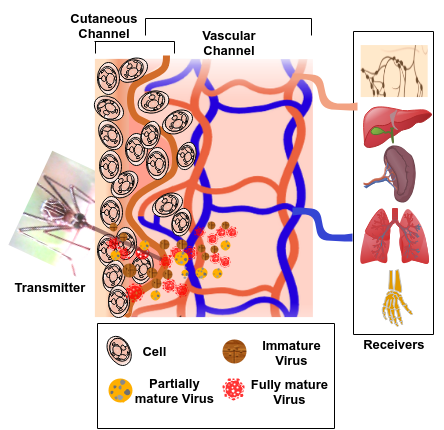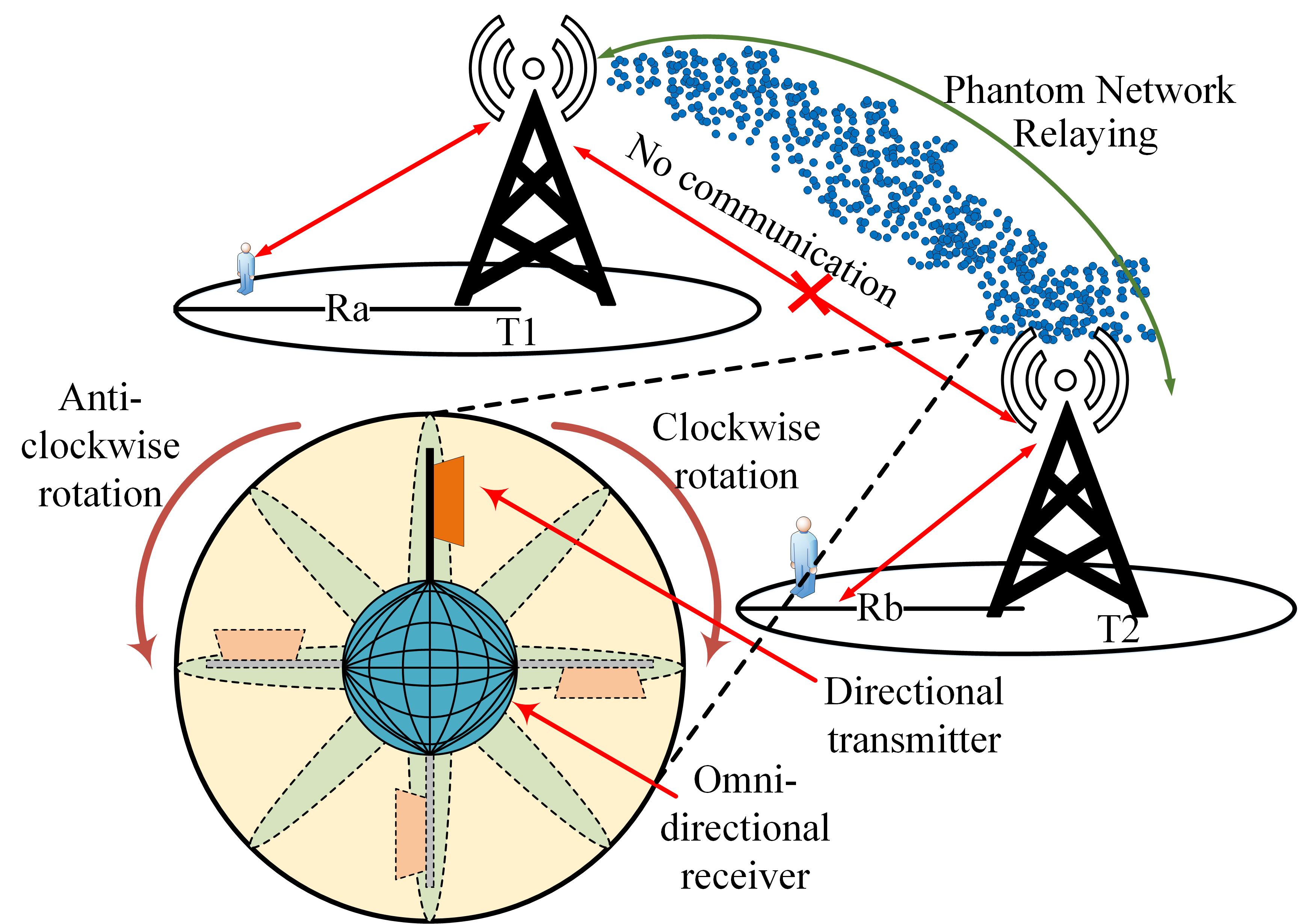Nanonetworks for Internet of Nano-Things (IoNT)
Nanonetworking utilizing electromagnetic and molecular communication paradigm is one of the most challenging domains of nanotechnology. Nanonetworking employs nanomachines that perform tasks such as sensing, actuation, processing, and computation in nanoscale for efficient biomedical applications. It promises new solutions for many healthcare applications, such as diagnostic devices, target (tumor) detection and tracking, as well as localized drug delivery. The biomedical approaches employ bioinspired nanosensors, often consisting of biological cells, molecular motors, bacteria or synthetic molecules, or genetically engineered cells termed as bio-nanosensors.
We study the impact of nanonetwork-based systems for different models towards healthcare applications in IoNT, while ensuring high network-throughput and data delivery ratio, as well as low energy consumption and network delay. Additionally, we model and analyze the Dengue Virus transmission inside the body from the point of a mosquito bite to the targeted organs as a communication system, theoretically, in the light of molecular communication paradigm.









